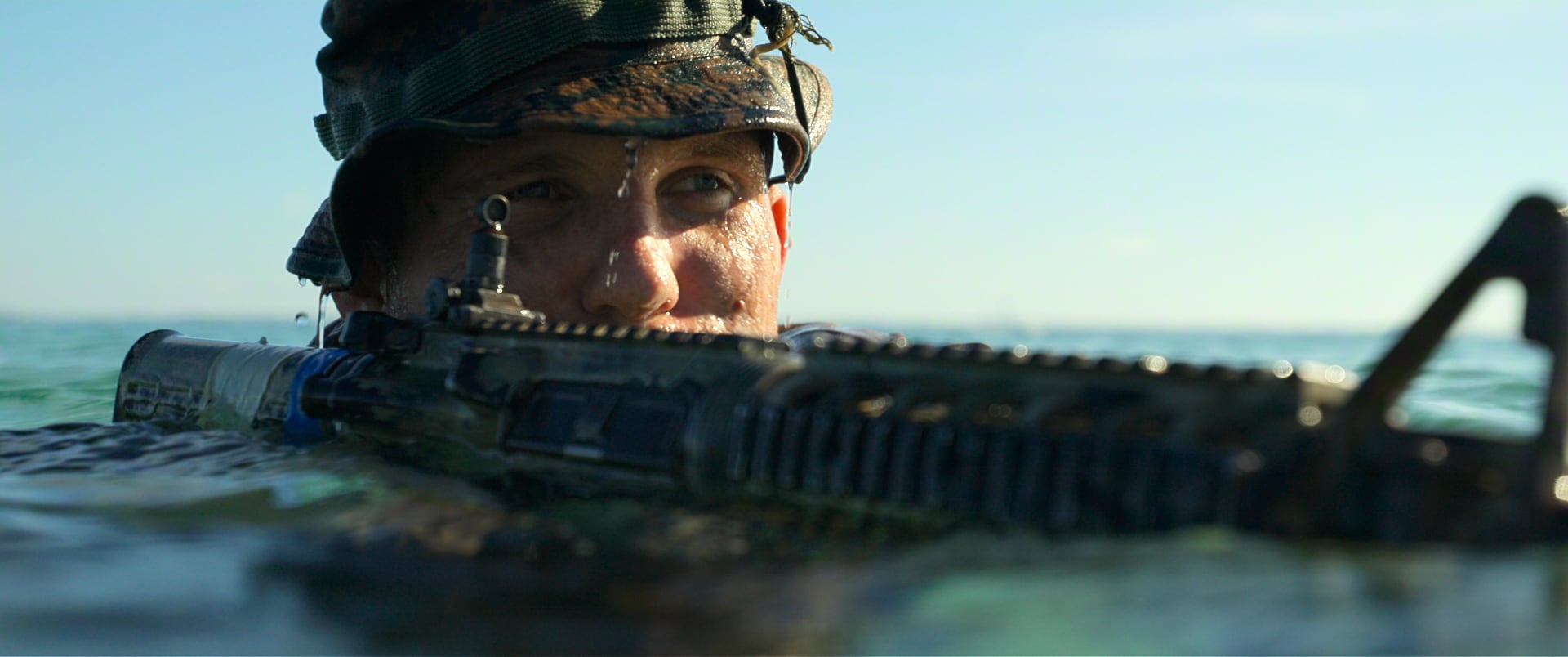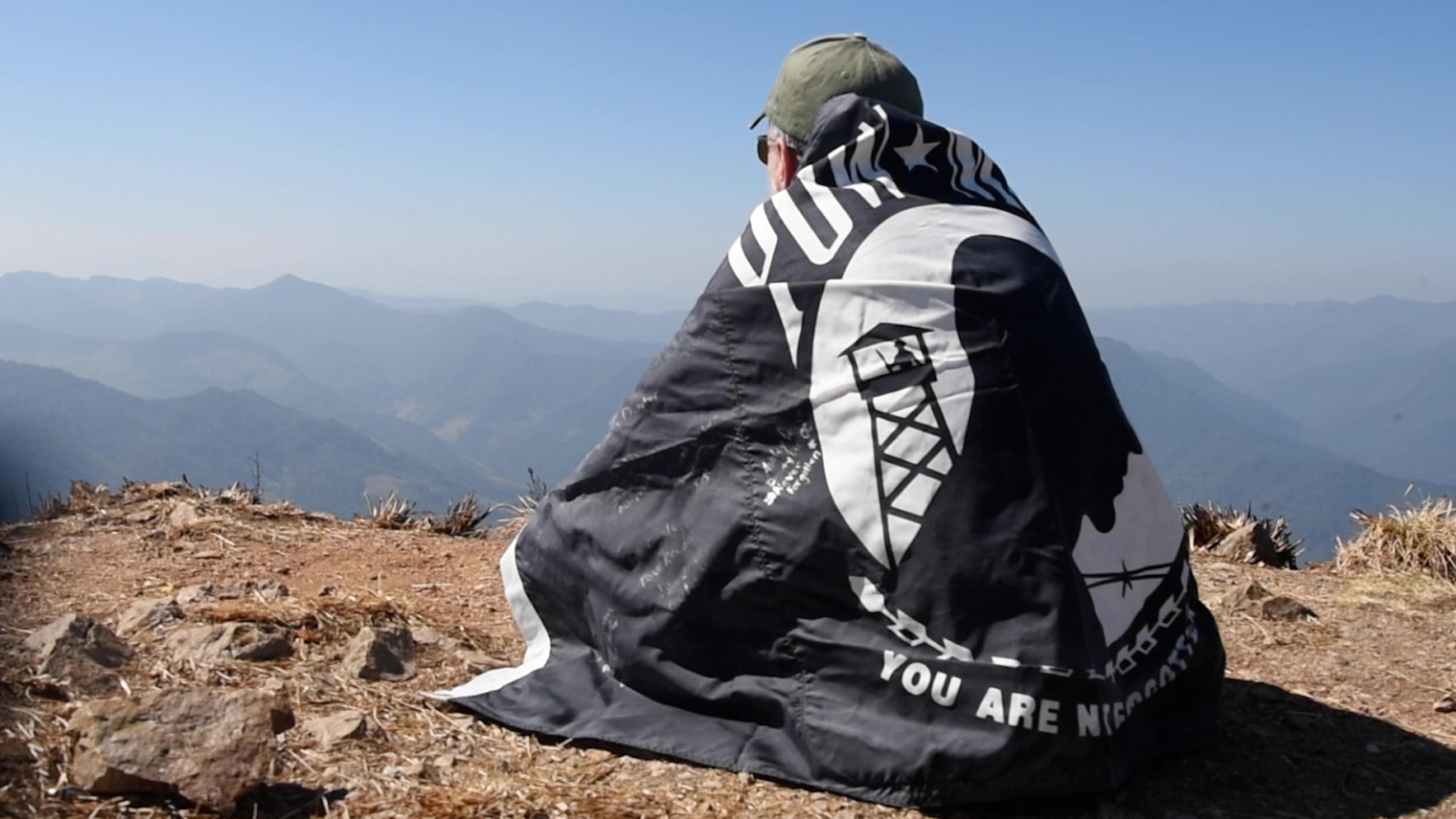The fighting continues in eastern Ukraine even as European leaders shook hands on a deal to end the bloodshed in the war-torn region.
Pentagon spokesman Army Col. Steve Warren said separatists have committed several violations of the cease-fire agreement signed last week
"The most notable have been in the Debaltseve area," Warren told reporters Thursday. "It's notable that violence is down in other areas, but violations around the Debaltseve area have been fairly significant."
Ukrainian President Petro Poroshenko confirmed that he had ordered troops to pull out of the town, forfeiting the the rail hub to Russia-backed separatists.
Ukraine has acknowledged it can't do fight this alone, as evidence of Poroshenko asking the United Nations Wednesday to send peacekeepers into the eastern part of the country. However, the peace agreement contains a clear commitment to withdraw all foreign troops and all mercenaries from the territory of Ukraine.
What remains to be seen is how long the back-and-forth policies — ceasefire, rebels and troops dodging the ceasefire — can go on without military involvement from other countries.
Yet the violation of the ceasefire agreement has become expected, proving instability to be the new norm for the two nations involved.
The government of Russia, a United Nations member, and its leader, President Vladimir Putin, would never allow UN peacekeepers to enter the region, or have other militaries set foot in the region without it looking like an incursion, said John Herbst, director of the Atlantic Council's Dinu Patriciu Eurasia Center. And if peacekeepers could deploy, they would not involve U.S. service members or officials, he added.
"The Kremlin perceives its interests in continuing to destabilize Ukraine, and that requires the ability to move and move [the separatists], and that is why they would never agree to" an extra obstacle of foreign troops, Herbst told Military Times.
Arming Ukraine is one option under discussion among U.S. officials; however Western analysts are skeptical of the targeted solution, insisting the move could actually backfire.
Herbst is not one of those skeptics. "Not that these weapons could completely stop Mr. Putin's military, but they do make it much more expensive for him in terms of casualties to conduct this aggression," he said.
Herbst said that recent polls in the region show the Russian people oppose their soldiers fighting in Ukraine, so Putin has run a propaganda campaign to obscure the fact that Russian troops have infiltrated the border. Down the road, arming Ukraine could force Putin's hand to change the policies driving the separatists.
Army Gen. Martin Dempsey, chairman of the Joint Chiefs, told the San Antonio Express-News on Thursday that it's important for NATO members to reach consensus on a strategy, whether it be arming Ukraine or some other course of action.
"If we allow this issue to fragment the NATO alliance, then we will have actually have played into [Putin's] grand strategy," Dempsey told the newspaper. "We are looking at options that provide both nonlethal and defensive aid. Those options are being considered."
The Defense Department, which has been conducting Operation Atlantic Resolve for almost a year, also has participated in countless training exercises in the region to reassure NATO and partner nations that the U.S. stands steadfast to deter Russian aggression.
Recent examples:
- dir="ltr" style="margin-top: 0pt; margin-bottom: 0pt;">More than 3,000 soldiers from the 1st Heavy Brigade Combat Team, 3rd Combat Aviation Brigade, the Division Artillery and other units of the 3rd Infantry Division are set to begin in March a three-month deployment to various European countries including Germany, Estonia, Latvia, Lithuania, Poland, Romania and Bulgaria.
- dir="ltr" style="margin-top: 0pt; margin-bottom: 0pt;">Twelve A-10 aircraft and about 300 airmen recently deployed to Spangdahlem Air Base, Germany, for six-month rotations to provide security for U.S. European Command and other regional commanders.
- dir="ltr" style="margin-top: 0pt; margin-bottom: 0pt;">Seventy-five Stryker combat vehicles from U.S. Army Europe's 2nd Cavalry Regiment arrived in Eastern Europe in January for training alongside soldiers from allied and partner nations.
- dir="ltr" style="margin-top: 0pt; margin-bottom: 0pt;">In November, about a dozen medical specialists from Special Operations Command Europe deployed to Western Ukraine to coach Ukrainian soldiers on basic battlefield medical procedures.
And the effort from the U.S. is broadening — Atlantic Resolve and other allied exercises will increase by more than 60 percent in 2015, U.S. Air Forces Europe vice commander Lt. Gen. Tom Jones told Air Force Times in December.
"I would make the argument that much of our foreign policy's establishment, including the president, Congress, are strategically confused in paying more attention to the danger of [the Islamic State] than to the danger of Mr. Putin's Russia," Herbst said.
"ISIS is a rag-tag terrorist group. It has no major economy, it has no nuclear weapons — and is not able to change borders."





